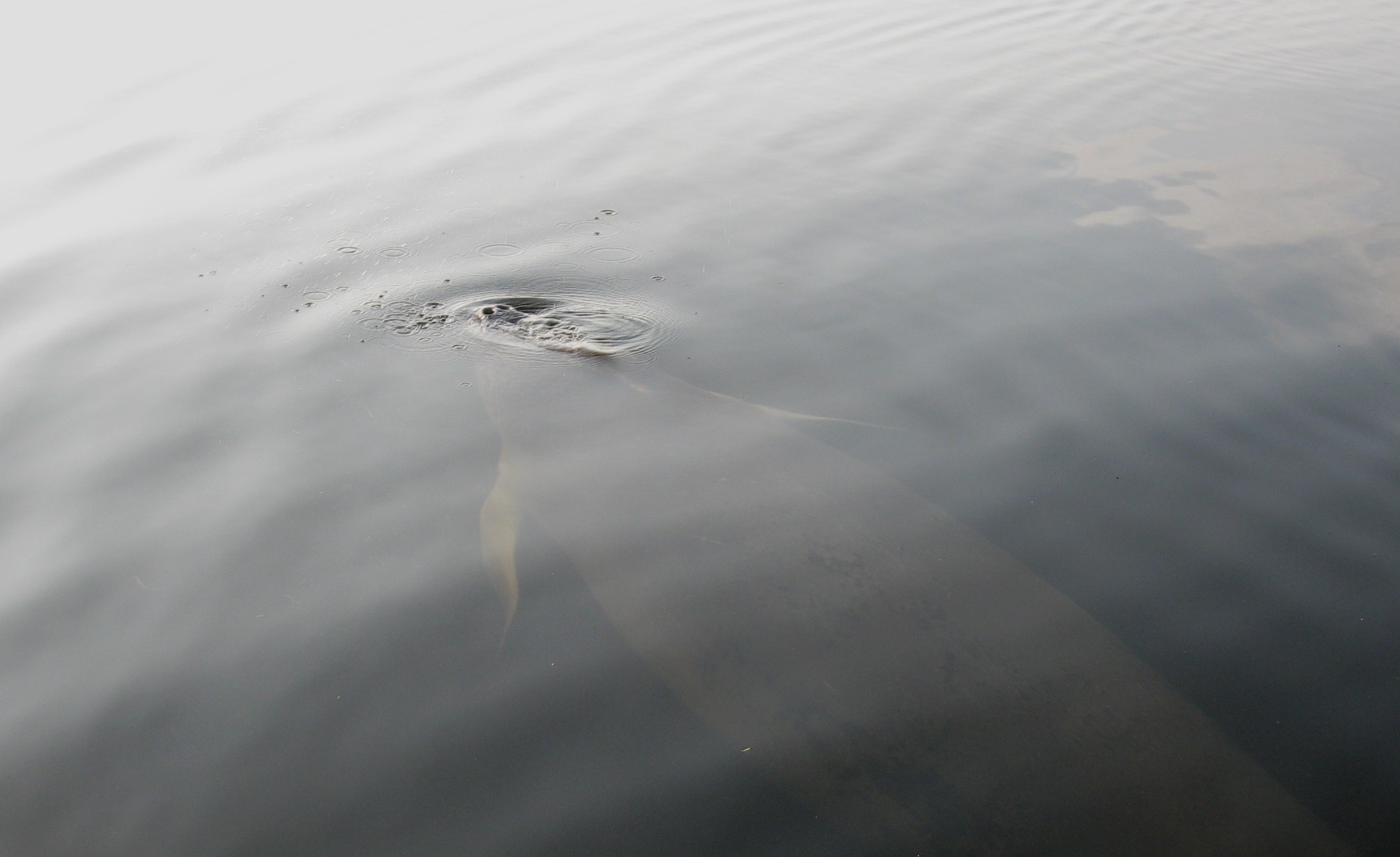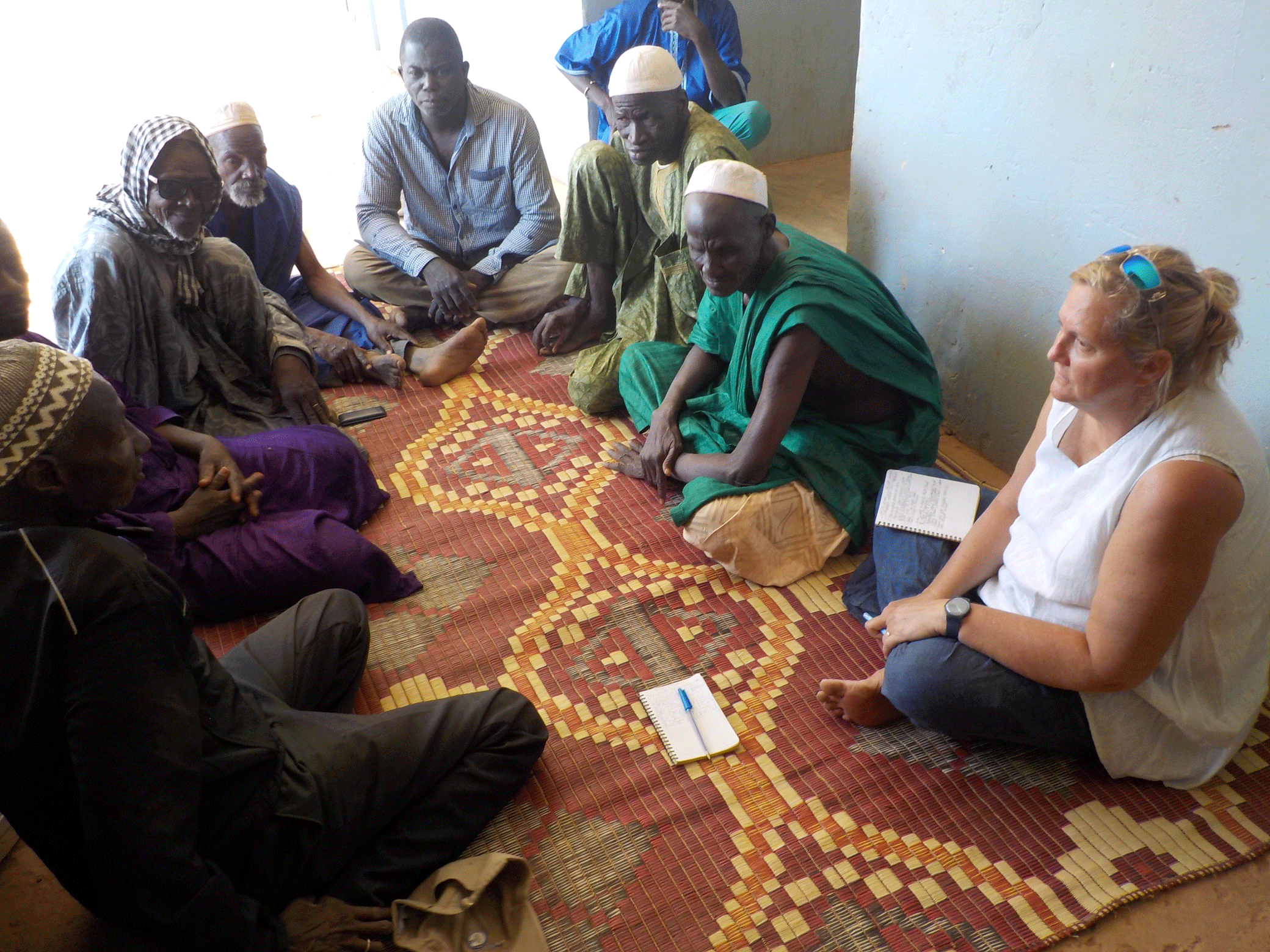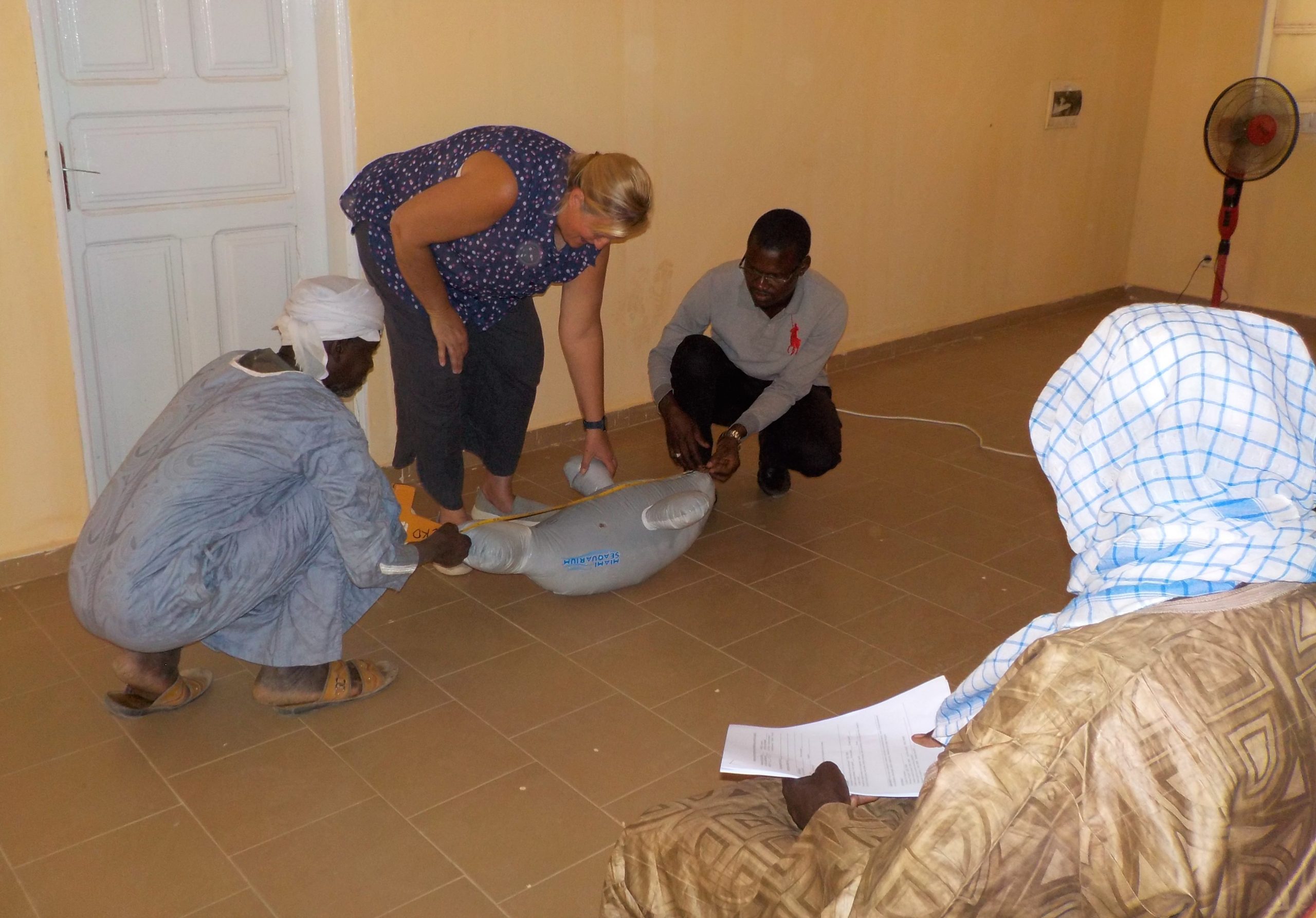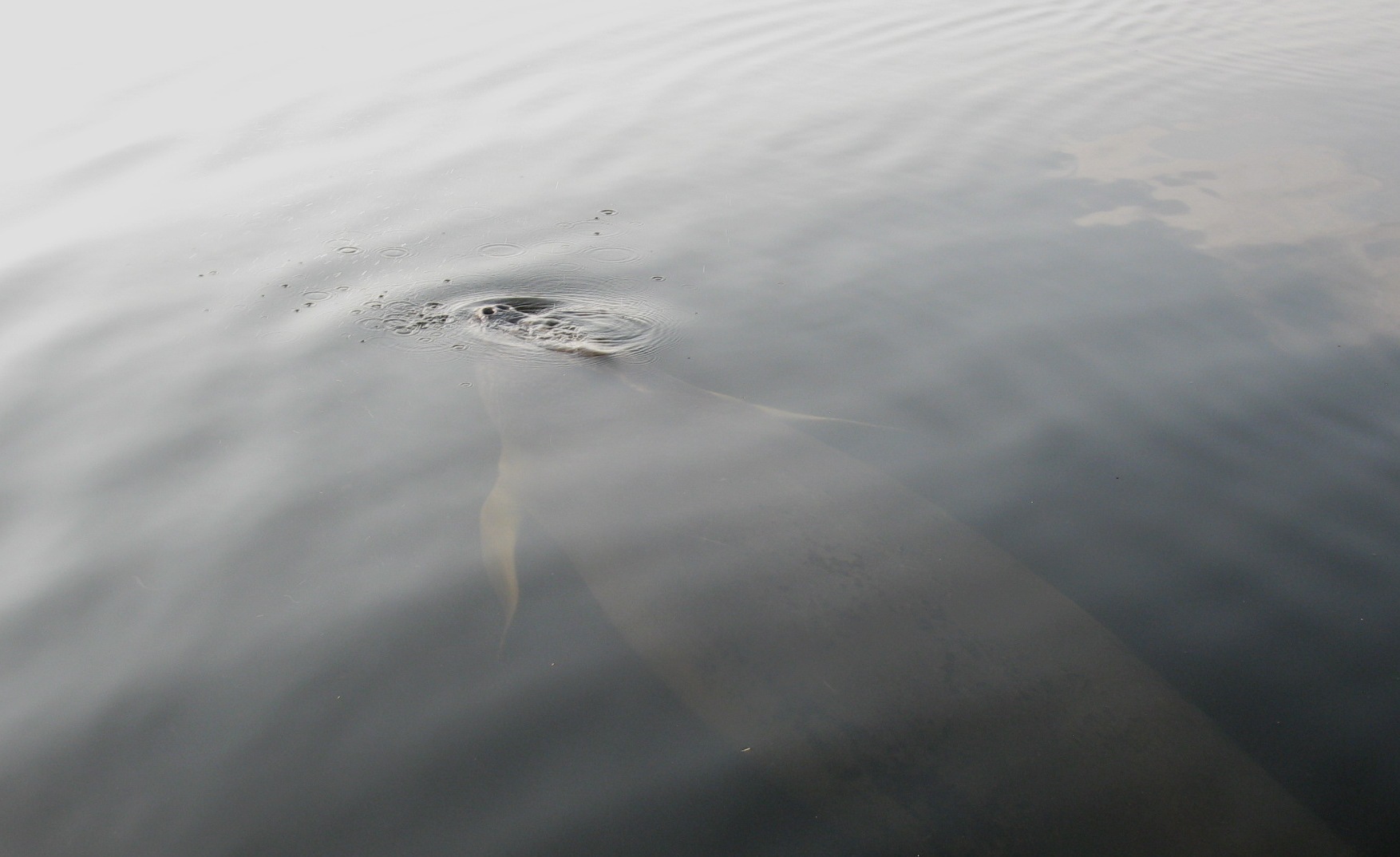Protecting African Manateesduring the COVID Pandemic


This post is one of a series on projects supported by the New England Aquarium’s Marine Conservation Action Fund (MCAF). Through MCAF, the Aquarium supports researchers, conservationists, and grassroots organizations around the world as they work to address the most challenging problems facing the ocean.
MCAF Fellow Dr. Lucy Keith-Diagne, Executive Director of the African Aquatic Conservation Fund, leads a successful African manatee conservation program in Senegal and throughout West Africa. This work is done in collaboration with a local team and networks and has been supported in part by MCAF. In this post, Dr. Keith-Diagne describes the team’s efforts to protect African manatees and educate local communities despite the challenges the global pandemic brings.
By Lucy Keith-Diagne
Outside of the African continent, most people are unaware that manatees live there, or how intensely threatened they are. African manatees look a lot like their cousins in Florida, except they’re smaller. They live in 21 countries that cover an area larger than the size of the continental USA and they can be found in both nearshore coastal habitats as well as inland lakes and rivers. I’ve been studying African manatees since 2006, working to understand how many populations exist across their enormous range, learning what habitat and food resources they need, and working to identify and stop the many threats they face from humans.
Nine African manatee researcher colleagues and I are in our third year of documenting all threats to African manatees and number captured or killed in five countries: Senegal, The Gambia, Nigeria, Cameroon, and the Democratic Republic of the Congo. We work with our local networks and contacts to document manatees killed by all threats in order to build a database that can be shared with wildlife law enforcement agencies and organizations, as well as other partners such as fisheries cooperatives, dam management authorities, and marine protected areas. The goal is to provide evidence to law enforcement and encourage them to arrest people who kill or illegally capture manatees. Additionally, once we know where manatees are killed, we can work to create protected areas and alternative livelihoods, and to focus our education programs to help stop it.

Before the pandemic started this year, I was busy doing threat assessment surveys and training manatee rescue techniques to fisheries and wildlife officers in eastern Senegal. In mid-March, Senegal instituted travel restrictions and a curfew, which helped to limit the spread of the virus, but also meant I was confined to home. Most of my colleagues in other African countries were as well. But we quickly realized that although most wildlife enforcement staff and our network that reports manatees were staying home, the poachers were using the pandemic as an opportunity to kill them, knowing that fewer people were watching (this isn’t limited to African manatees, unfortunately lots of other wildlife are also being illegally killed during the pandemic). So we’ve had to find other ways to get the information, such as calling our contacts instead of visiting in person, and watching social media and the news for stories on manatees being killed. In some places, people have no fear of arrest because the wildlife authorities don’t enforce the law, so people post photos and videos of manatees they have killed. While it’s heartbreaking to see these images and news stories, it helps us to know where action is needed and provides us with proof to encourage wildlife authorities. We’re hoping to get back out there ourselves as soon as it’s safe.

In the meantime, I’m also working to analyze and publish the results of other African manatee satellite tracking, genetics and other studies that will help expand our knowledge and protect them. Using genetics, I’ve identified the first four distinct populations of African manatees across their range including 2 coastal populations and separate populations in the Senegal and Niger Rivers. The first satellite tracking study of African manatees taught us about important feeding sites and movement patterns in the Senegal River, including documenting the longest travel record for an African manatee. I’m very grateful for the support of MCAF for both the threat assessments as well as much needed analysis and writing time to publish the results of our work.

